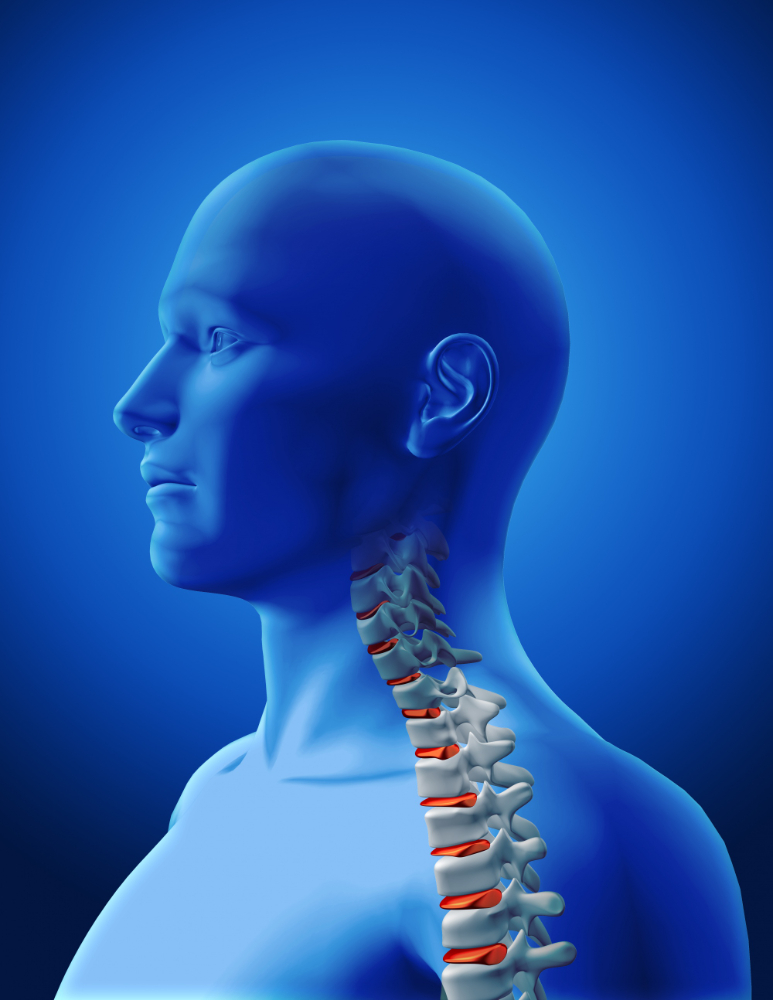


Tethered Cord Syndrome
Tethered cord is a condition in which the spinal cord is abnormally attached to the spinal canal, preventing free movement. This attachment causes the spinal cord to remain tense and, over time, leads to nerve tissue damage, resulting in neurological symptoms.
Characteristics
It is usually a congenital condition but can also develop after trauma or previous surgeries.
It may be associated with conditions such as spina bifida (especially myelomeningocele).
Symptoms
Back and leg pain
Weakness or thinning of the legs
Gait disturbances
Foot deformities (e.g., pes cavus)
Bladder and bowel control problems (e.g., incontinence)
Skin changes in the lower back (e.g., hair growth, dimples, birthmarks)
Symptoms generally worsen over time, especially during growth periods.
Diagnosis
Magnetic Resonance Imaging (MRI): Shows whether the spinal cord is tethered and the point of attachment.
Clinical evaluation: Plays a confirming role when suspected.
Treatment
Surgical release (detethering): The goal is to free the spinal cord and reduce tension.
Surgery can stop progressive neurological deterioration and alleviate existing symptoms.
Outcome
With early diagnosis and treatment, nerve damage can be prevented or halted. In untreated cases, permanent neurological loss may develop.